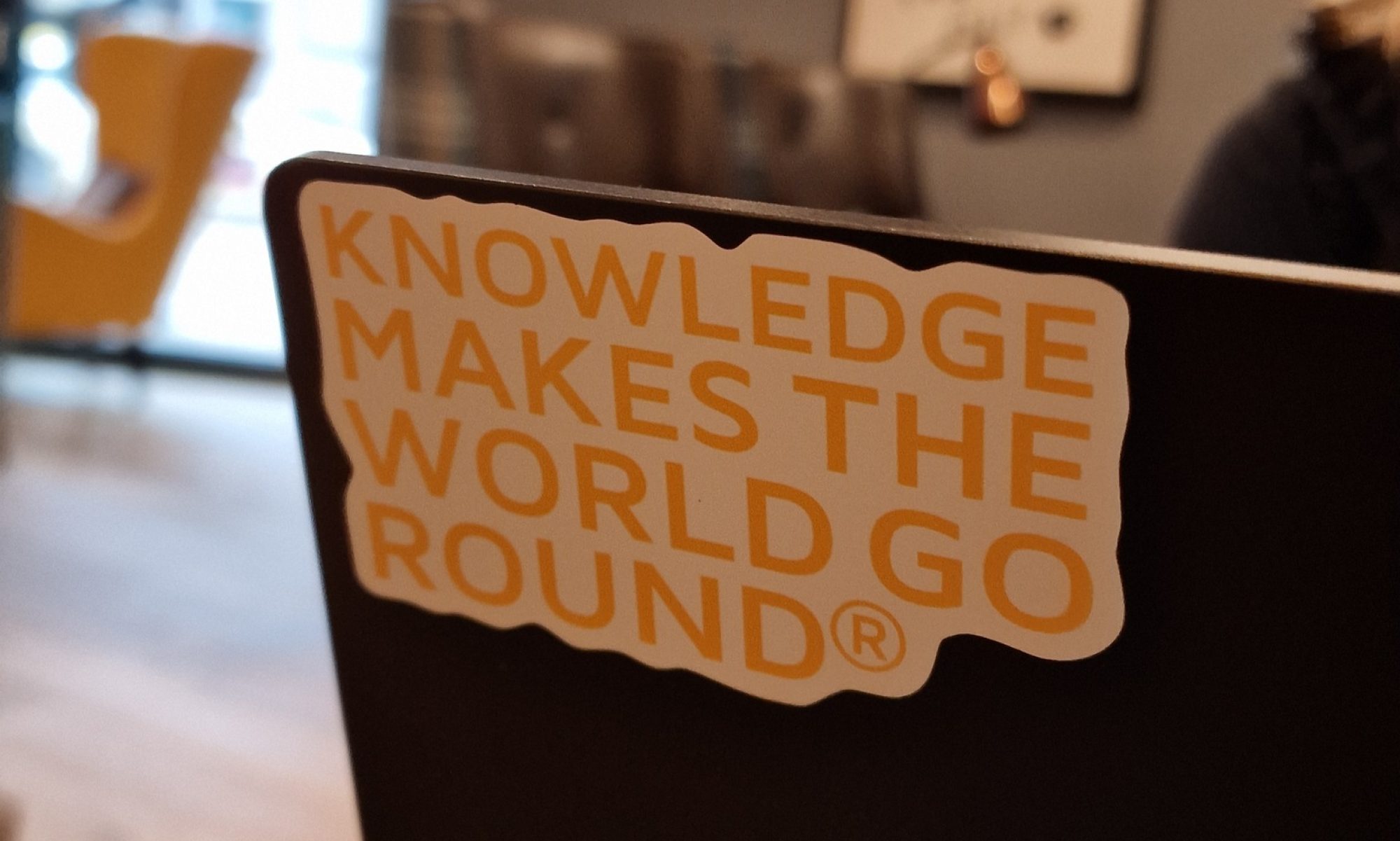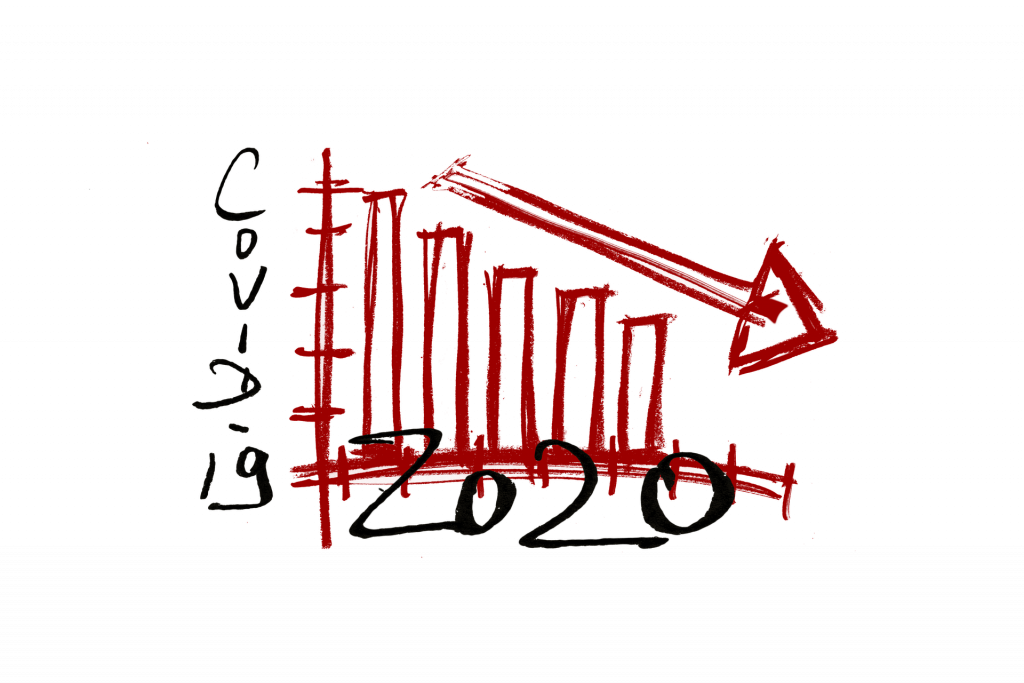
Es ist immer gut, sich mit den Besten in einer Branche zu messen. Aus diesem Grund sind in den letzten Jahrzehnten auch immer mehr Best Practices veröffentlicht worden, an denen sich manche (viele?) orientiert haben. In einem relativ stabilen Umfeld waren solche “optimalen bzw. vorbildlichen Methoden, Praktiken oder Vorgehensweisen im Unternehmen” (Quelle: Wikipedia) oftmals hilfreich. Es stellt sich allerdings die Frage, ob Best Practices in der heutigen, eher turbulenten Umgebung (radical uncertainty) noch zeitgemäß sind. Dazu habe ich folgendes gefunden:
“At least since Wittgenstein ([1953] 2001) and Bourdieu ([1972] 1977), it has also been understood that these semi-conscious mental maps are embedded in habitual social and technological practices – that our shared practices and the conceptual structures framing our analysis and vision are mutually constituted. As Wade Jacoby and Richard Bronk argue in a paper, this makes it crucial for businesses, regulators, and academic researchers to avoid being trapped in analytical monocultures implied by the discourse of best practice (Bronk and Jacoby 2016). In conditions of uncertainty, you cannot know what the best practice will be, and any set of practices entails blind spots” (Beckert/Bronk (2019): Uncertain Futures, in: MPIfG 19/10).
Diesen Hinweis sollten sich alle Organisationen zu Herzen nehmen, wenn heute Best Practices für Agile Organisationen oder auch nur für Agiles Projektmanagement benannt, bzw. teilweise glorifiziert, werden. Meine Beiträge zu Uncertainty finden Sie hier.

Solche Zusammenhänge thematisieren wir auch in den von uns entwickelten Blended Learning Lehrgängen Projektmanager/in (IHK) und Projektmanager/in AGIL (IHK). Informationen dazu, und zu aktuellen Terminen, finden Sie auf unserer Lernplattform.

